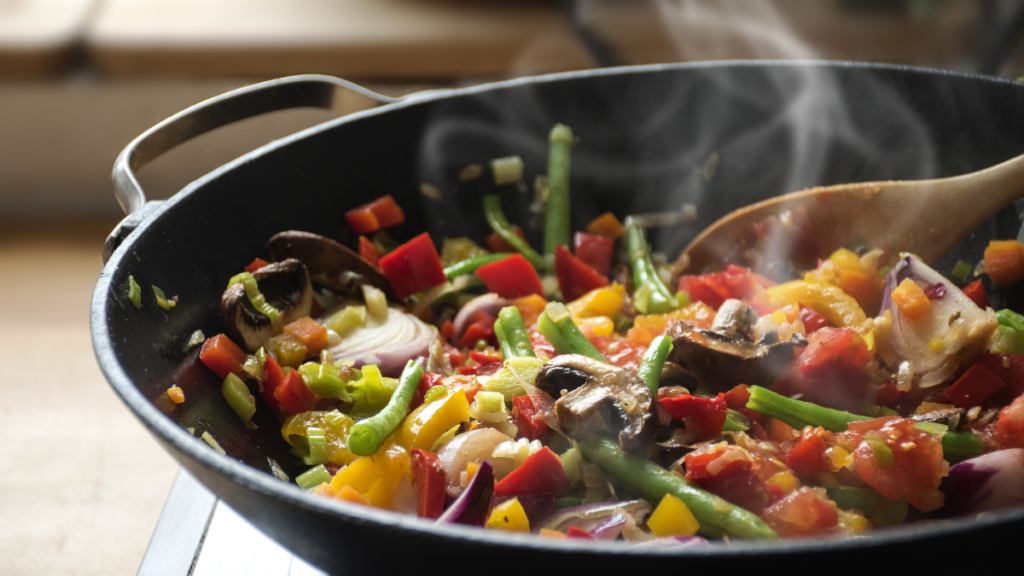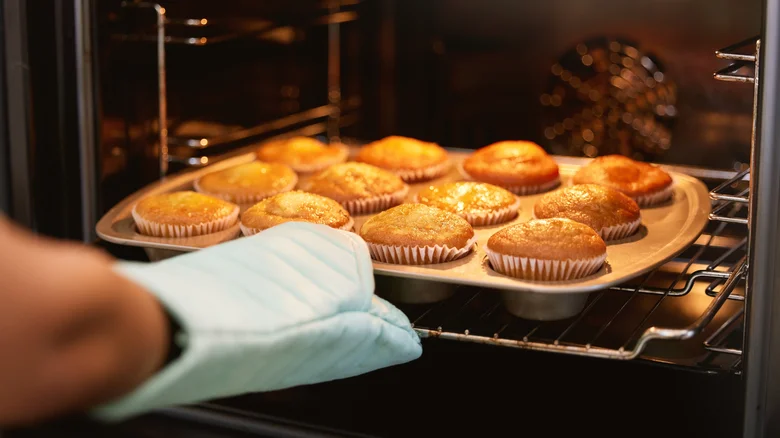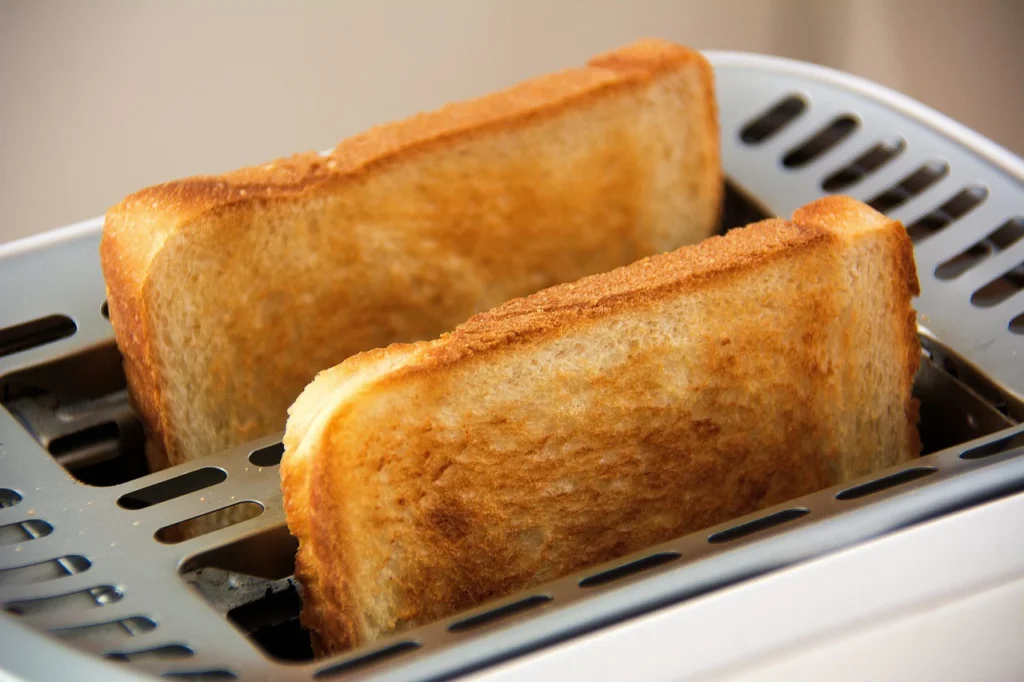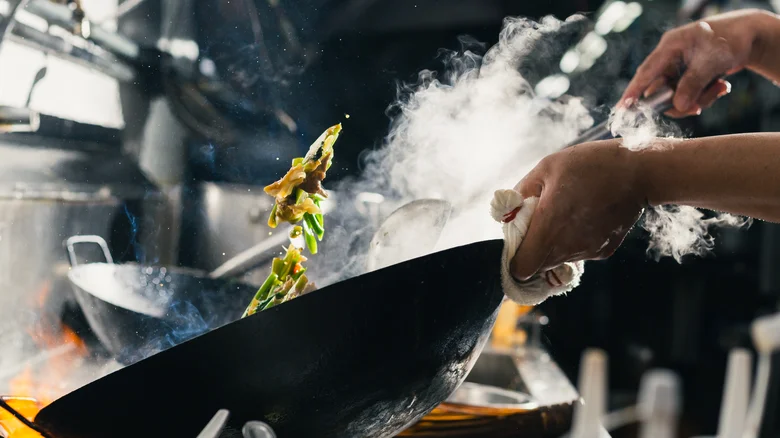When you’re whipping up a delicious meal, you might not think too much about the science behind it, but let’s dive into the fascinating world of heat transfer in cooking! Whether you’re frying an egg, baking a cake, or roasting a chicken, heat is responsible for making those dishes come to life. But how does heat actually work? There are three main ways heat works its magic in the kitchen: conduction, convection, and radiation.
Let’s break these down in simple terms, with real-life examples you’ll easily recognize from your everyday kitchen experiences.
1. Conduction: Cooking Through Direct Contact

Conduction is one of the simplest and most direct ways heat moves during cooking. It occurs when heat is transferred directly from one object to another through physical contact. Think of it like a handshake between the heat source and your food!
Imagine you’re making a steak. You preheat your skillet, and when it’s sizzling hot, you toss the steak onto it. The heat from the pan immediately starts cooking the surface of the steak. That golden-brown crust forming? That’s conduction at work! The heat from the pan is traveling directly to the meat, cooking the outside to perfection.
However, conduction doesn’t stop there. It also moves heat from the outer layer of the steak to its interior, but this process takes a bit longer. That’s why sometimes the outside of your steak is beautifully browned while the inside remains rare depending on how long you leave it on the heat.
Where you see it:
- Sautéing vegetables
- Frying eggs
- Cooking pancakes on a griddle
Conduction is great when you want to apply intense, direct heat, but be mindful of timing so you don’t burn the outside while the inside stays undercooked!
2. Convection: Heat Through Circulating Air or Liquid

Convection is all about movement. This method of heat transfer involves the circulation of hot air or liquid to evenly cook your food. Anytime you’ve baked something in the oven or boiled water, you’ve been using convection without even realizing it.
Let’s say you’re roasting a whole chicken. You pop it in the oven, and as time passes, the hot air circulating around ensures the chicken cooks evenly on all sides. This circulation is convection at play.
In a convection oven, a fan helps distribute the heat more evenly, which is why many people swear by it for achieving perfectly roasted dishes. That crispy skin on the chicken? It’s a combination of convection heating the surface and the hot air moving around, cooking every part of the bird.
Where you see it:
- Baking cookies in the oven
- Boiling pasta in water
- Deep-frying French fries (the hot oil circulates around the fries)
Convection ensures even cooking throughout, and it’s perfect for those times when you want your food cooked consistently without having to flip or move it too much.
3. Radiation: Cooking Through Waves of Energy

Radiation might sound like something out of a sci-fi movie, but it’s actually a common way of cooking! With radiation, heat is transferred through electromagnetic waves, like the heat you feel when you stand next to a campfire or from the sun’s rays. The heat doesn’t need direct contact; instead, it travels through the air.
When you grill a burger, you’re using radiant heat from the flames. The heat from the fire radiates upward, cooking your burger from the bottom up. This is different from conduction, where the burger would need to be in direct contact with a hot surface like a pan.
Another example is your microwave. Microwaves use radiation to energize the water molecules in your food, warming it from the inside out. This is why microwaving is so fast and why certain foods can become unevenly cooked (cold in the middle, hot on the outside) if not done correctly.
Where you see it:
- Broiling fish in the oven, where the broiler element sends out radiant heat.
- Toasting bread in a toaster
- Microwaving leftovers
Radiation can cook your food quickly but watch out—it’s easy to burn food if you’re not careful!
How These Heat Transfer Methods Work Together

In the kitchen, these three types of heat transfer often work together. Take, for instance, baking bread. Conduction transfers heat from the hot baking pan to the dough, convection moves the hot air around the oven to cook the bread evenly, and radiation from the heating elements helps brown the crust. Knowing how these heat methods work gives you better control over the cooking process and helps you achieve tastier results.
For example, if you want to sear a piece of meat without overcooking it, start with conduction (a hot skillet), and finish in the oven (convection) to ensure the inside is perfectly cooked.
Why Understanding Heat Transfer Matters
Knowing how heat affects cooking gives you more control in the kitchen. Ever wondered why your roast chicken didn’t cook evenly, or why your pancakes burned on one side? By understanding the type of heat at play, you can adjust your techniques and tools to get better results. Plus, it can make you feel more like a pro chef, even if you’re just whipping up dinner for the family!
Share Your Kitchen Wins and Lessons!
Have you ever had an “aha” moment where you realized how heat affects your cooking? Or maybe you’ve struggled with an unevenly cooked dish and couldn’t figure out why? Share your stories in the comments—I’d love to hear about your experiences with conduction, convection, and radiation! What’s your go-to cooking method, and why?
